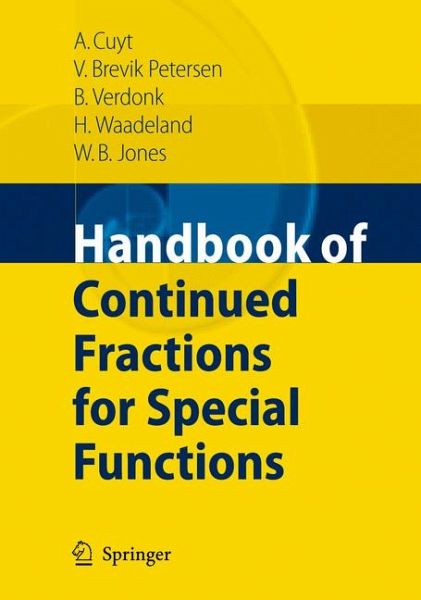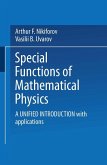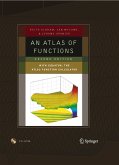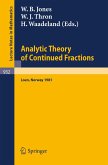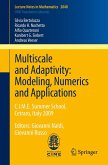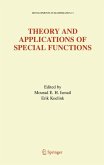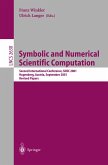Special functions are pervasive in all fields of science and industry. The most well-known application areas are in physics, engineering, chemistry, computer science and statistics. Because of their importance, several books and websites (see for instance http: functions.wolfram.com) and a large collection of papers have been devoted to these functions. Of the standard work on the subject, namely the
Handbook of Mathematical Functions with formulas, graphs and mathematical tables edited by Milton Abramowitz and Irene Stegun, the American National Institute of Standards claims to have sold over 700 000 copies!
But so far no project has been devoted to the systematic study of continued fraction representations for these functions. This handbook is the result of such an endeavour. We emphasise that only 10% of the continued fractions contained in this book, can also be found in the Abramowitz and Stegun project or at the Wolfram website!
Dieser Download kann aus rechtlichen Gründen nur mit Rechnungsadresse in A, B, BG, CY, CZ, D, DK, EW, E, FIN, F, GR, HR, H, IRL, I, LT, L, LR, M, NL, PL, P, R, S, SLO, SK ausgeliefert werden.

